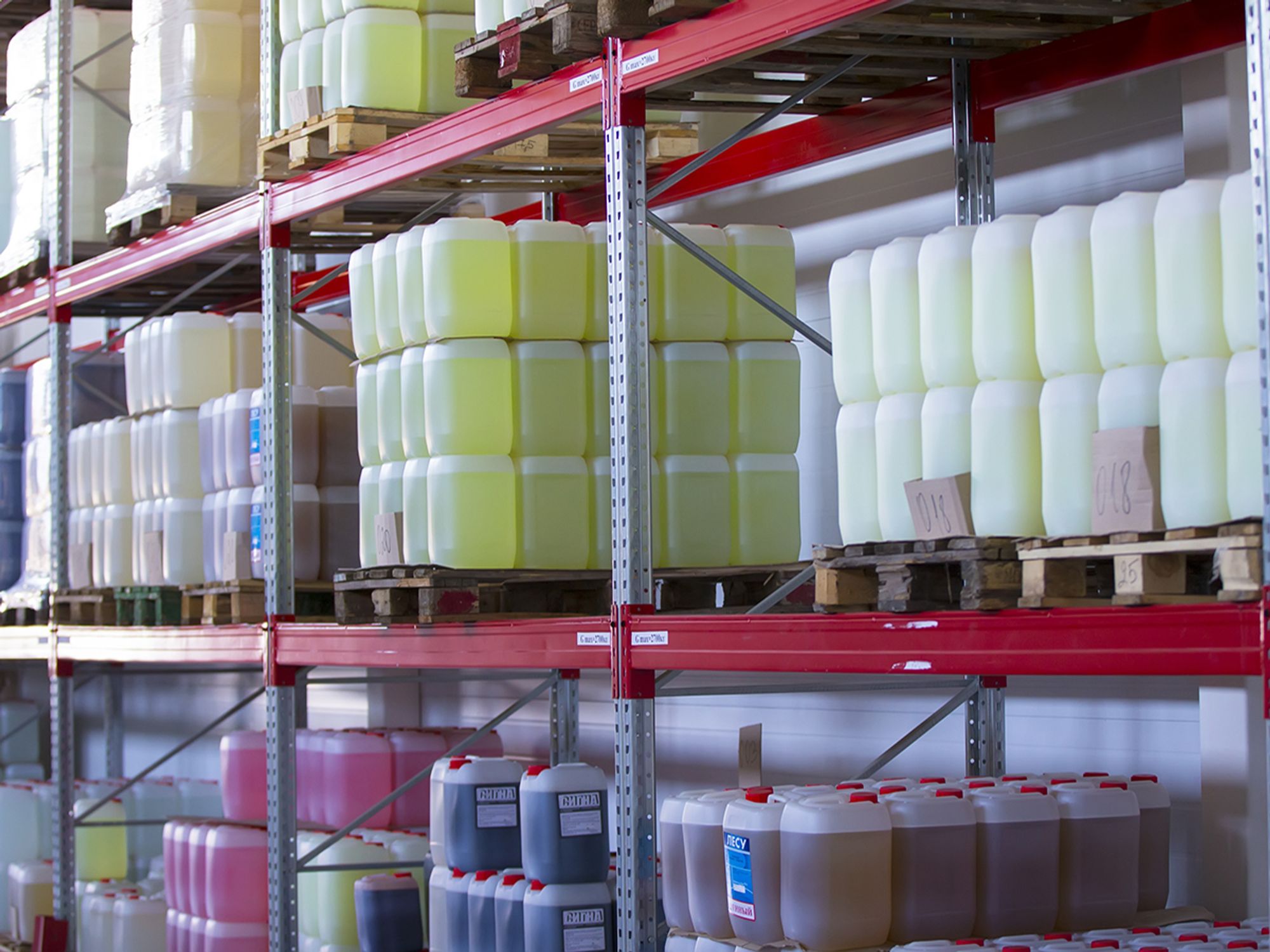Covered and excluded substances

- Congress generally excluded from TSCA regulation groups of chemicals where the risks were considered sufficiently addressed under such other laws.
- Articles (i.e., manufactured items) that contain chemical substances subject to TSCA may be regulated by the Act to the extent that those chemical substances present an unreasonable risk or meet other criteria.
The Toxic Substances Control Act (TSCA) applies to chemical substances, which the statute defines broadly to include substances that have a “particular molecular identity.” This includes:
- Any combination of such substances occurring in whole or in part as a result of a chemical reaction or occurring in nature, and
- Any element or uncombined radical.
It is important to note that the term chemical substance also includes microorganisms. A microorganism is defined as “an organism classified, using the five-kingdom classification system of Whittacker, in the kingdoms Monera (or Procaryotae), Protista, Fungi, and the Chlorophyta and the Rhodophyta of the Plantae, and a virus or virus-like particle.”
Exclusions
To avoid redundancy with other federal pollution control and public health laws, Congress generally excluded from regulation groups of chemicals where the risks were considered sufficiently addressed under such other laws. Congress also specifically excluded the following substances without regard to their regulation under other laws:
- Pesticides when manufactured, processed, or distributed in commerce for use as a pesticide;
- Tobacco and tobacco products;
- Certain radioactive materials;
- Firearms (including pistols and revolvers), shells, cartridges, and their components;
- Food (including poultry, meat, and eggs), food additives (including food contact substances), drugs, cosmetics, and medical devices; and
- Mixtures (see note below).
Since the exclusions are generally framed based on the intended uses of a chemical substance (e.g., a pesticide), the same chemical substance may be subject to TSCA and other federal pollution control and public health laws depending on the intended use. For example, the Environmental Protection Agency (EPA) has examined the risks of bisphenol A under TSCA with regard to its use in manufacturing polycarbonate plastics and epoxy resins. However, the use of bisphenol A as a food contact substance is not covered by TSCA based on the statutory exclusion.
Note on mixtures and articles
Although the definition of a chemical substance excludes mixtures, multiple TSCA provisions apply to mixtures. A mixture is defined as:
- Any combination of two or more chemical substances if the combination does not occur in nature and is not, in whole or in part, the result of a chemical reaction; or
- Any combination which occurs, in whole or in part, as a result of a chemical reaction if none of the chemical substances comprising the combination is a new chemical substance and if the combination could have been manufactured for commercial purposes without a chemical reaction at the time the chemical substances comprising the combination were combined.
Generally, a mixture is subject to requirements under TSCA if the requirements that pertain to its constituent chemical substances will not result in adequate evaluation or control of the risks anticipated from the mixture.
Additionally, as a practical matter, articles (i.e., manufactured items) that contain chemical substances subject to TSCA may be regulated by the Act to the extent that those chemical substances present an unreasonable risk or meet other criteria.
